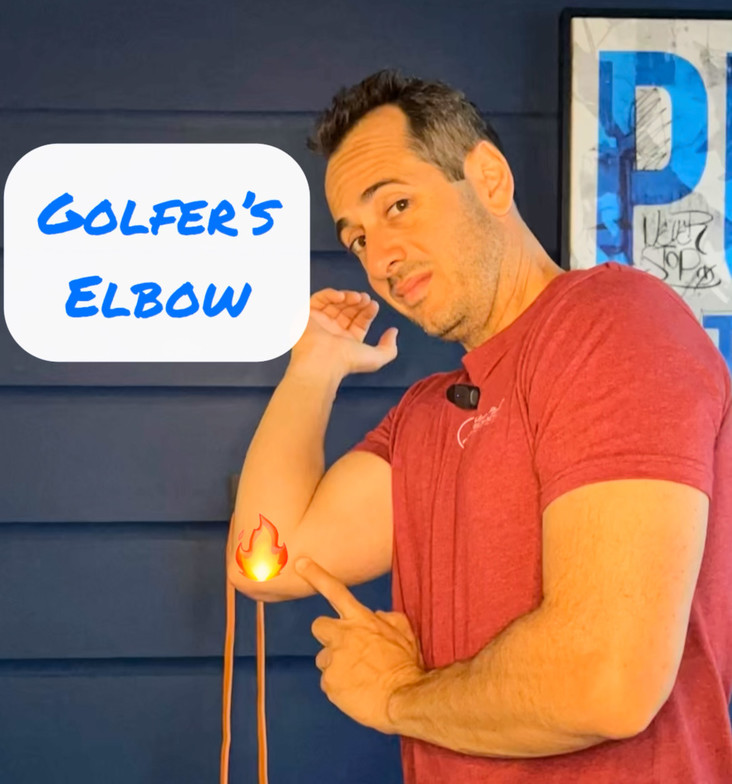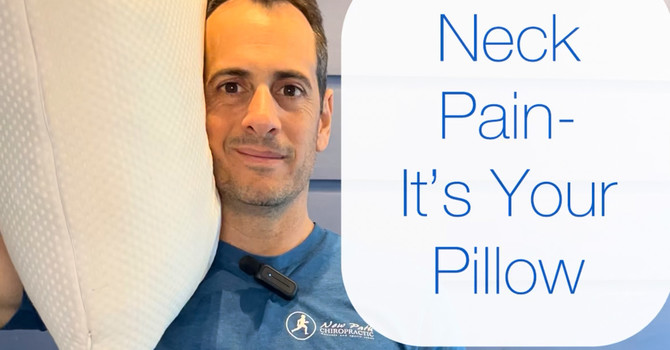
Golfer’s elbow, medically known as medial epicondylitis, is a common condition that causes pain and tenderness on the inside of the elbow. This discomfort originates where the tendons of several forearm muscles attach to the medial epicondyle—the bony bump on the inside of your elbow.
What Causes Golfer’s Elbow?
Golfer’s elbow is typically the result of overuse or repetitive stress on the muscles that are responsible for gripping, wrist flexion, and forearm rotation. While the name implies it’s a condition exclusive to golfers, many activities can lead to this injury. Common culprits include:
-
Swinging a golf club or tennis racket
-
Weightlifting or manual labor
-
Typing or repetitive wrist motions at work
Key Muscles Involved
The primary muscles affected in medial epicondylitis include:
-
Pronator teres
-
Flexor carpi radialis
-
Palmaris longus
-
Flexor digitorum superficialis
These muscles play a critical role in wrist flexion and forearm rotation—movements that, when repeated under strain, can irritate and inflame the tendon attachments at the elbow.
Why Shoulder and Thoracic Mobility Matter
One often-overlooked contributor to golfer’s elbow is limited mobility in the shoulder and thoracic spine. When these areas lack proper movement, the elbow and wrist are forced to compensate. This compensation increases strain on the tendons at the elbow and raises the risk of overuse injuries.
Improving upper body mobility—particularly in the shoulder and mid-back—can help relieve stress on the elbow by restoring proper movement mechanics throughout the entire kinetic chain.
Bottom line: Golfer’s elbow isn't just about the elbow. It's often a sign that other parts of the body aren’t moving well. Addressing mobility in the shoulder and thoracic spine is a smart, holistic step toward both recovery and prevention.
Need help recovering from golfer’s elbow or improving your mobility? Reach out to schedule an evaluation.

Dr. Steve Muscari
Contact Me




